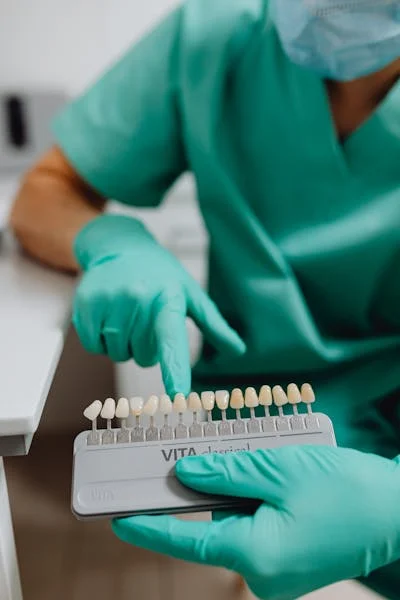Laparoscopy is a procedure that is carried out in the abdomen or pelvic region with the assistance of a camera and fine needle. In this process, a small cut of around 0.5 inches is done for infertility diagnosis, gall bladder colon, or kidney surgery. Before the invention of the laparoscopy procedure, the use of laparotomy was done, which included a large cut, more bleeding, and an extensive recovery period. The earlier procedure leads to infections causing more suffering to the patient. Thanks to the Laparoscopic technique, which is very less invasive and also known as MIS (minimally invasive surgery). In this post, we will discuss different equipment that are used in Laparoscopy clinics in Chandigarh, Mohali, and other cities in India.
Let us begin without any ado!
What Is A Laparoscope, And How Is It Used?
The laparoscope makes it possible to see all the major organs of the abdomen without making a large incision and to perform a surgical procedure on the necessary area without risking damage to other bodily components.
A minimally invasive procedure with a smaller incision reduces hemorrhage and pain, shortens the healing period and hospital stay, and lowers the risk of infection.
A video camera is often attached to a rigid endoscope that has a telescopic rod lens system. A small digital video camera is attached to one end of a digital laparoscope in lieu of the rod lens system; however, they are less common.
A light source is utilized to illuminate the work area to ensure that the camera can record clean photos. A 5 mm cannula or trocar is used to link a fiber-optic cable system to the light source and put it through the incision. Carbon dioxide gas is often inhaled into the belly. Extending and raising the abdominal wall away from the internal organs increases the viewing and operating area within the belly. Because the human body is quite used to it and can easily absorb and expel it through the respiratory system, as usual, CO2 is frequently employed. Additionally, it is non-flammable, which is a crucial quality given the prevalence of electric equipment in operating rooms.
Major Components Used In Laparoscopy Procedure
A laparo-endoscopic operation requires the following basic laparoscopic supplies:
- An endoscope,
- a light source,
- a video display,
- an insufflator,
- trocars,
- surgical tools.
Let us discuss them in detail.
Light Source
The best laparoscopy clinics use cool sources of light such as LED, halogen, or Xenon. These sources maintain optimum temperature as well as provide auto variation of intensity of light. The pros who perform laparoscopy are well skilled in watching images of pelvic-inside on the digital screen in lieu of via lens.
Laparoscopy Camera
In the surgical setting, endoscopic camera systems with high-definition (HD) and high resolution are utilized to create still and video pictures for laparoscopic operations. One of the most crucial parts of the laparoscopic apparatus is the camera. They also have infrared as well as visible spectrum sensitivity. A range of rigid and flexible scopes connected to the camera unit transports the optical picture from the surgical field to the camera head.
The whole system is composed of CCU, camera head and cables that connect with the camera control unit. Usually, cameras with zoom lenses are used in this procedure so that the surgeons can see the organs properly.
Laparoscopy OrTelescope
The light post, light fibers, lens system, lens train, shaft carrying the lens train, and eyepiece are the parts of a laparoscope.
- Light Post-:
The connection where the fiber optic light cable from the light source links to the scope and through light is known as a light post.
- Glass Fiber-:
Glass fibers that convey light from the light post to the distal end of the scope, which is nearer the organs, are known as light fibers.
- Lens Train-:
A group of glass rod lenses and spacers used to transmit the picture is called a lens train.
- Shaft-:
The stainless steel tube contains the light fibers and lens train.
CO2 Insufflator
The insufflator provides the necessary carbon dioxide gas in the Gestational tract for laparoscopic examination and diagnosis. This gas aids in viewing the internal parts of the abdomen as surgeons can easily move its walls.
You might be wondering why only Co2 is used in this procedure. Well, this is because our body is pretty familiar with this gas- Co2 is easily absorbed by tissues and then removed by the respiratory system. Another great thing about carbon dioxide is that it’s non-flammable. As many electric devices are used in laparoscopic procedures, it is safe to use gas that doesn’t catch fire.
Wrapping Up-:
Laparoscopy is a blessing, especially for infertile females and those who have ovarian cysts, fibroids or PCOS. However, to get great results, finding?the best Laparoscopy Clinic?is a must.









